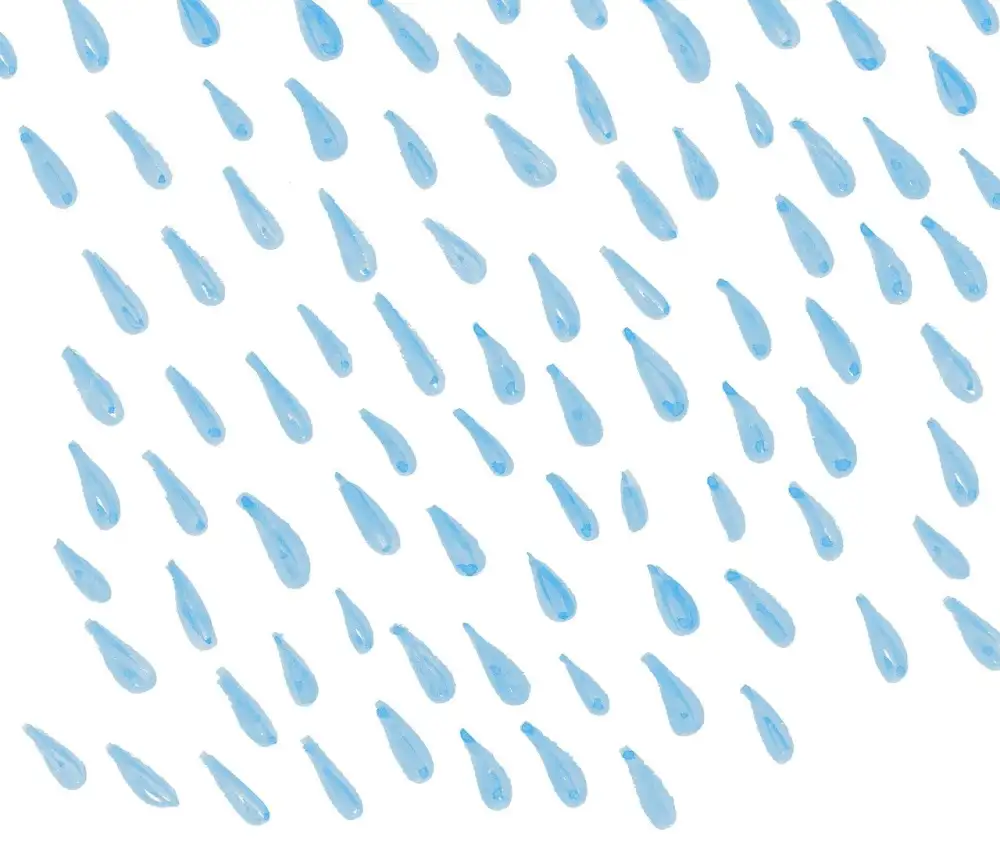Decoding Rain Forecast: Understanding What the Percentage Chance of Rain Really Means

When checking a weather forecast, you often come across a percentage indicating the likelihood of rain. Understanding what this percentage means can help you better prepare for the day ahead. The rain percentage is a numerical representation of the probability that measurable precipitation will occur at a specific location within a given time frame. It is essential to grasp the significance of this figure to make informed decisions based on weather predictions. Let's delve deeper into decoding the rain percentage and its implications in weather forecasting.
Definition of Rain Percentage
The rain percentage in a weather forecast refers to the likelihood of precipitation occurring within a specific area during a certain period. It is usually expressed as a percentage, indicating the probability of rain happening at any given location. For example, if the forecast predicts a 30% chance of rain, it means there is a 30% probability of measurable precipitation occurring in that area. This percentage helps people gauge the likelihood of needing an umbrella or rain gear when planning their activities outdoors.
Interpretation of Rain Percentage
The percentage of rain in a weather forecast represents the likelihood of precipitation occurring within a specific area over a certain period. For example, if the forecast indicates a 30% chance of rain, it means that there is a 30% probability that measurable precipitation will fall at any given point within the forecast area. This does not necessarily mean that it will rain for 30% of the time or cover 30% of the area. It simply indicates the probability of rain occurring at any particular location within the forecast region. Understanding this interpretation can help individuals make informed decisions regarding outdoor activities and planning for potential weather changes.
Factors Influencing Rain Percentage
1. Location: The geographic location plays a significant role in determining the rain percentage. Areas closer to bodies of water or mountain ranges tend to have higher chances of precipitation.
2. Atmospheric Conditions: The temperature, humidity levels, and air pressure in the atmosphere all influence the likelihood of rain. Warmer temperatures can lead to increased evaporation and eventually precipitation.
3. Wind Patterns: Wind direction and speed can impact how moisture is carried through the atmosphere. Convergence of winds can result in the uplift of air, leading to cloud formation and potential rainfall.
4. Topography: The landscape features such as mountains, valleys, and urban areas can affect how air masses interact, potentially causing changes in weather patterns and rain percentages.
5. Seasonal Variations: Different seasons bring varying weather patterns that influence rain percentages. For example, monsoon seasons are characterized by heavy rainfall in certain regions.
Understanding these factors can help in interpreting rain percentage forecasts more accurately and preparing for potential weather changes effectively.
Importance of Understanding Rain Percentage
Understanding the percentage chance of rain is crucial for making informed decisions about daily activities, events, and outdoor plans. It helps individuals to plan ahead, whether it's deciding to carry an umbrella, reschedule an outdoor event, or adjust travel plans. By knowing the likelihood of rain, people can better prepare and mitigate any potential disruptions caused by inclement weather. This knowledge empowers individuals to make proactive choices that enhance their overall experience and safety in various situations impacted by weather conditions.
In conclusion, understanding the percentage chance of rain is essential for making informed decisions regarding outdoor activities, events, and travel plans. By knowing how to interpret these forecasts accurately and considering the influencing factors, individuals can better prepare for potential weather conditions. It is crucial to rely on reputable sources for weather information and not solely base decisions on a single percentage value. Stay informed, stay prepared, and stay safe in any weather situation.
Published: 10. 04. 2024
Category: Home



